Camera accessories are extremely important for any photographer! Besides the actual camera and lens, accessories can aid you in capturing beautiful images.
Whether they hold your camera steady, keep your lenses protected, or all in all, make taking pictures easier, certain camera accessories can become your best friends! (Besides actual real people of course).
So with no further ado, here are the 6 best camera accessories every photographer should have.
1. A Shutter Remote (Intervalometer)
A shutter remote, also known as an intervalometer can be very beneficial when out photographing.
Think of them as remotes that plug into your camera and act as the shutter button.
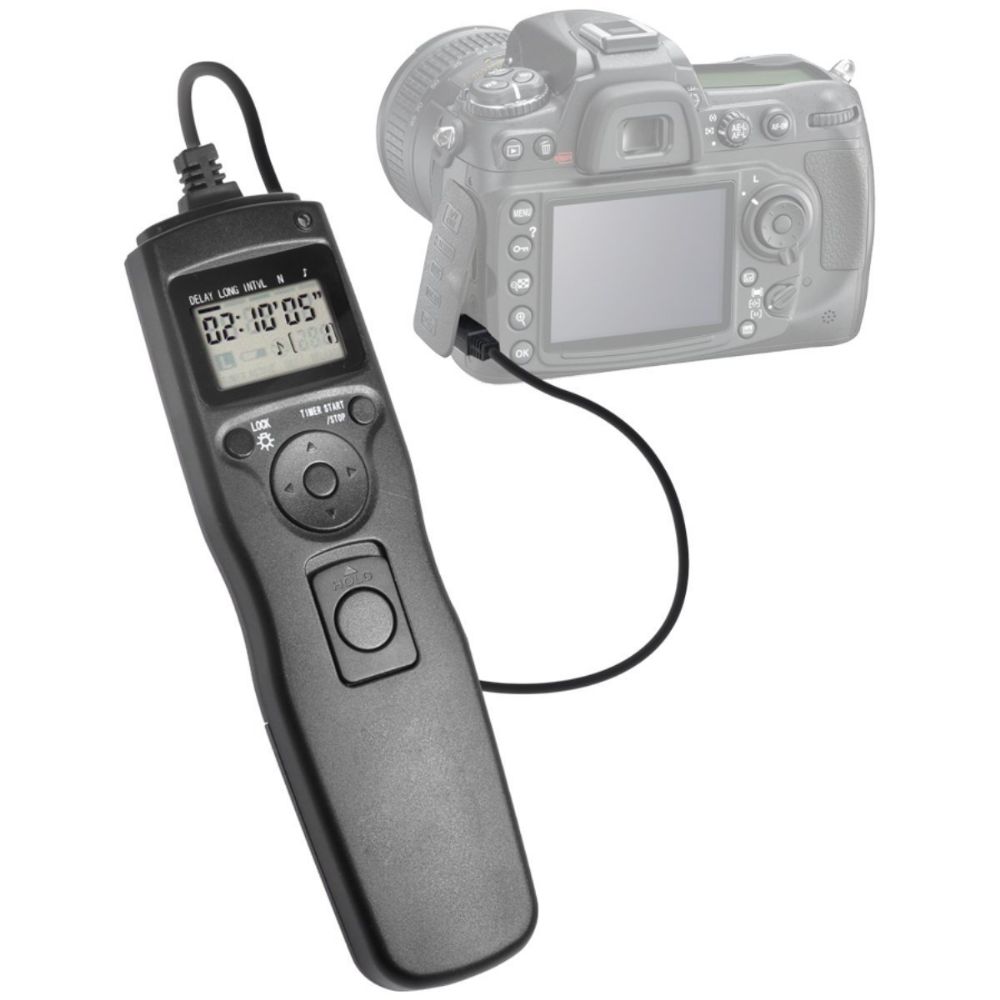
But why would you want one if there is already a shutter button on your camera?
Good question! When you take a picture, the action of pressing down on the camera creates minimal shake. This goes unnoticed if shooting at fast shutter speeds such as 1/1000 sec.
But at slower shutter speeds like 1/40 sec. and below, any touch of the camera can cause the picture to become slightly blurry. This is especially true during night photography when shutter speeds go as slow as 30 seconds.
The point is, you do not want any shake to occur when taking a picture.
One way to avoid this issue is to set up a time delay on your camera of 2 sec. or longer. This might not seem like much, but after a while of taking a picture, waiting 2 sec. and then waiting some more for the actual exposure to finish, it can become annoying.
With shutter remotes, you simply press the button, and bam, your picture is taken! No shake and no waiting.
Shutter remotes also come in handy when shooting a timelapse or star trails, as they have a function you can set up where the camera will take images for a chosen period of time. I have used this feature to shoot anywhere from 5 minutes to 10 hours!
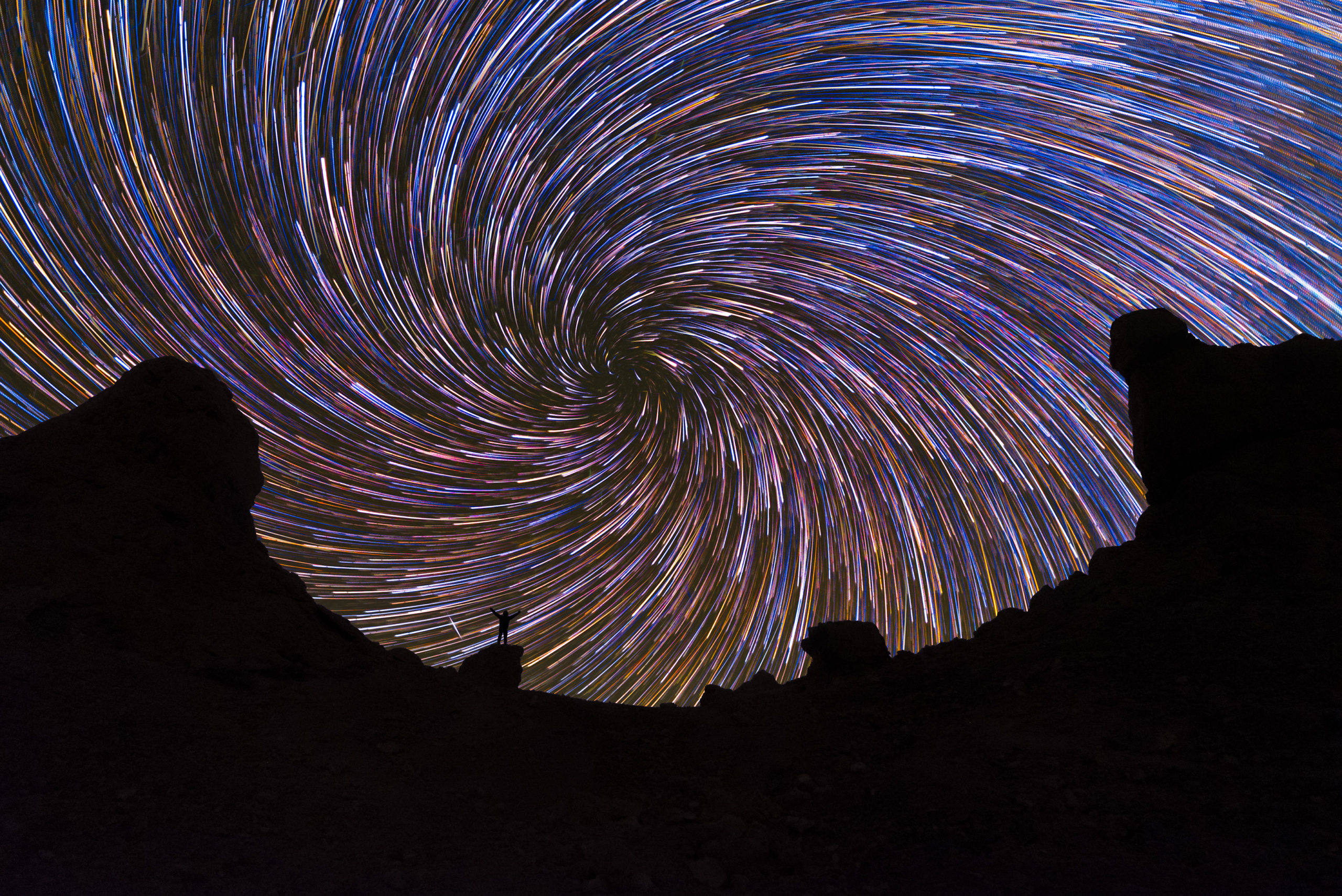
This star trails image was captured using an intervalometer.
When purchasing a shutter remote, make sure the model you’re looking at goes with your camera model. The remote plugs into the side of your camera and different camera models and companies all have a slightly different plug shape.
So, ALWAYS check that your camera model is listed in the description of the shutter remote.
Another great feature is that they are very compact and can even fit in your pocket if needed.
2. A Tripod
If you have read any of my previous articles, you know my thoughts on tripods.
They are ABSOLUTELY necessary!
Tripods hold your camera up and keep it steady. This means they give you the ability to position your camera at any angle and keep it there for as long as you need it.
This not only provides incredible sharpness to your images but also gives you a sense of confidence knowing your camera is stable.

Just like lenses, don’t look for the cheapest tripod you can find. These tend to be extremely flimsy and unsafe for your camera. You want to look for a tripod that will not wobble when conditions get windy or when you decide to touch your camera.
Tripods are a very valuable purchase and will easily elevate your photography!
3. A Ballhead
While we’re on the topic of tripods, a ball head (which is the part on top of a tripod where your camera goes), is also a very important accessory.
A great tripod is only as good as its ball head.
Besides the tripod being sturdy, the ball head has to be as well, as it is the actual part holding your camera. If the ball head is too weak to hold the weight of your camera and lens, the ball head will dip down and your camera with it.
There are many options for how to attach your camera to a ball head.
When I was starting out, I thought the only way was to screw the camera on each time (which took forever, especially at night)!
I would sometimes need someone to help me hold the tripod down as I carefully threaded my camera onto it.
Point is, there is another way!
I learned of a system called the “quick release” system or QR for short. This system used a plate locking device to securely hold the camera in place. You would just slide the camera into the middle of the plate and tighten a screw… Voilà!
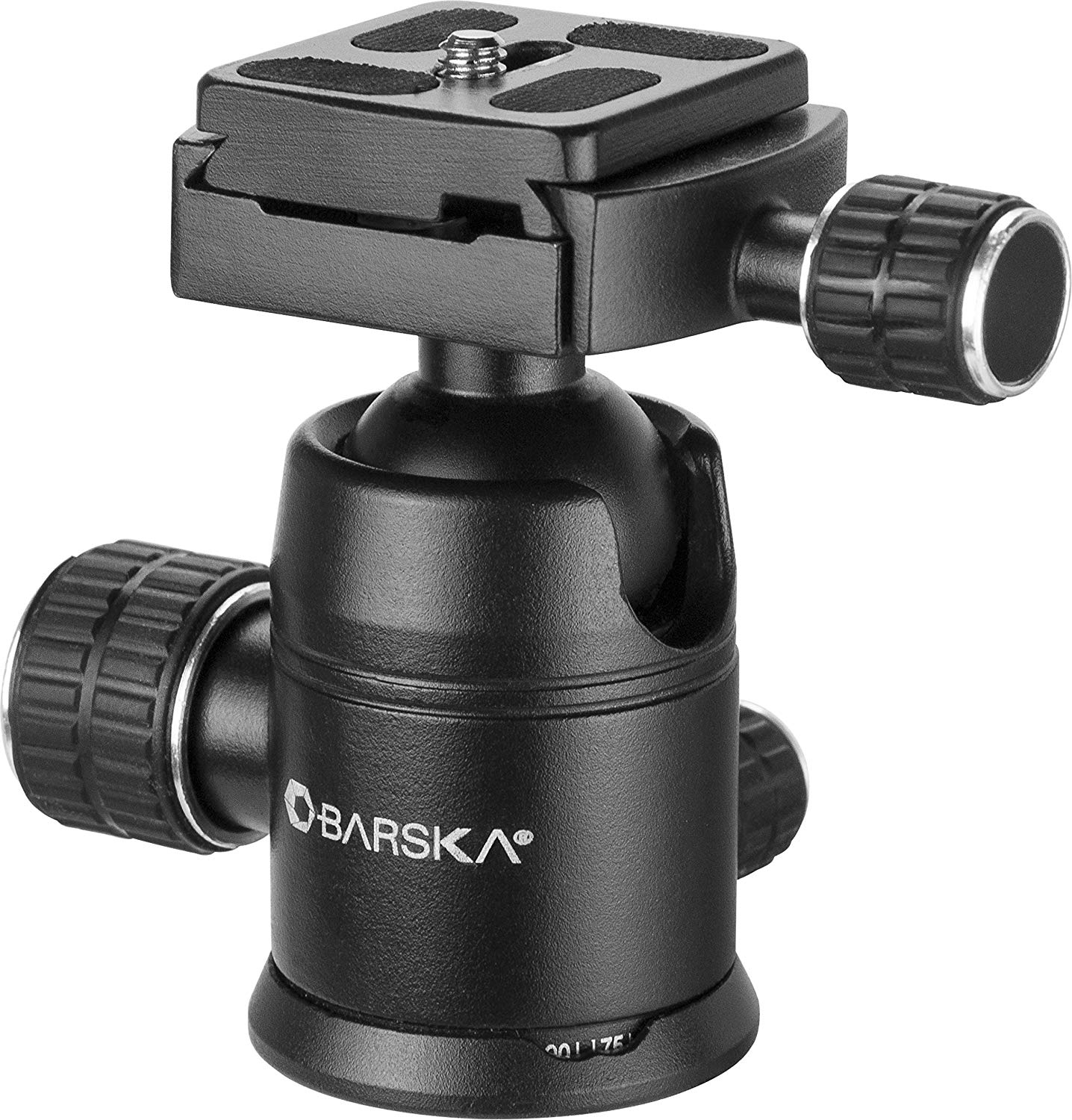
This ball head uses the QR screw-on system.
It became extremely easy to attach and detach my camera to and from my tripod, making sure I never missed an important photo moment again.
There is also another way you use the QR system and that is with a clamp or lever. Just like the first way, you slide your camera onto the plate, but instead of tightening a screw, you just clamp it on.
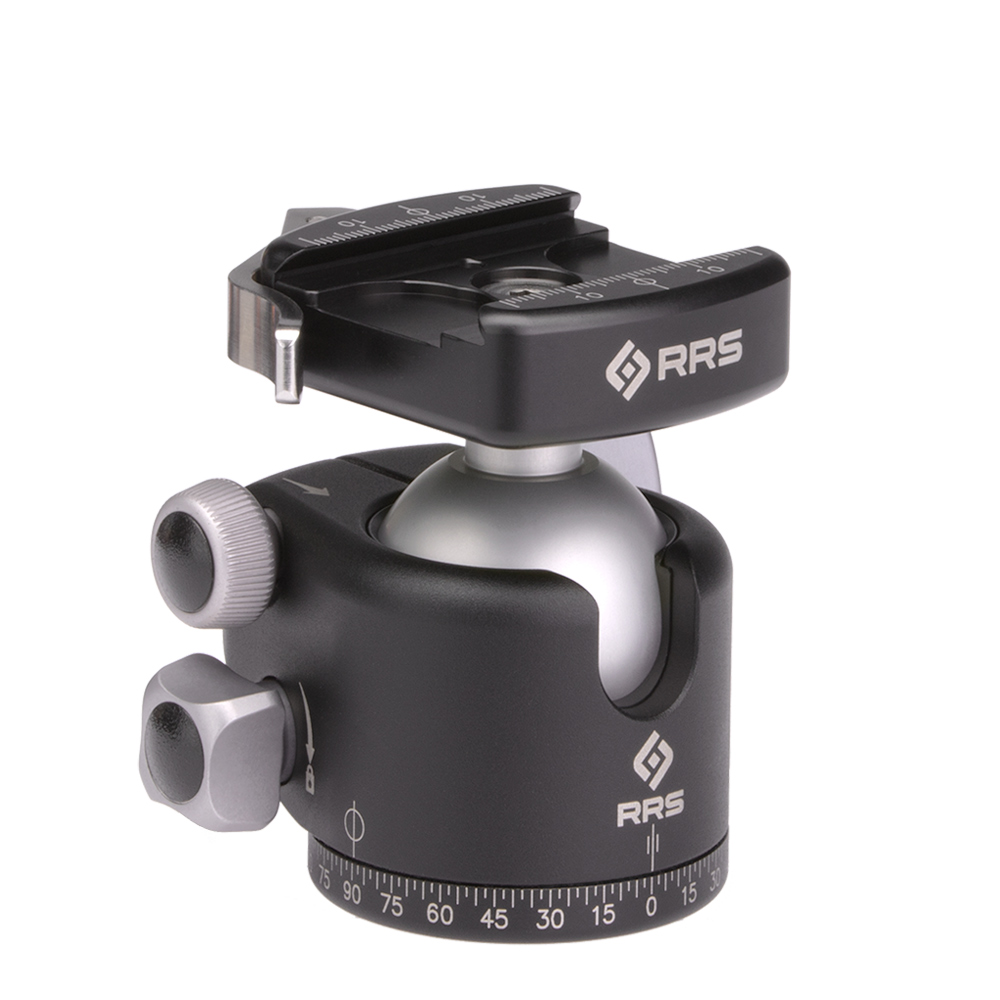
Here is a ball head with a clamp system.
To some, the clamp provides more security as you can see when the camera is fully locked in.
Either way is great and makes transitioning from camera to camera with tripod very easy!
4. A Camera Strap
I can explain this next accessory pretty fast, mainly because it is common sense.
ALWAYS wear a camera strap! Always!
In case you don’t know what a camera strap is, it is a strap that attaches to your camera and goes around your neck, shoulder, or wrist. Their job is to protect the camera in case you accidentally drop it or let go of it.
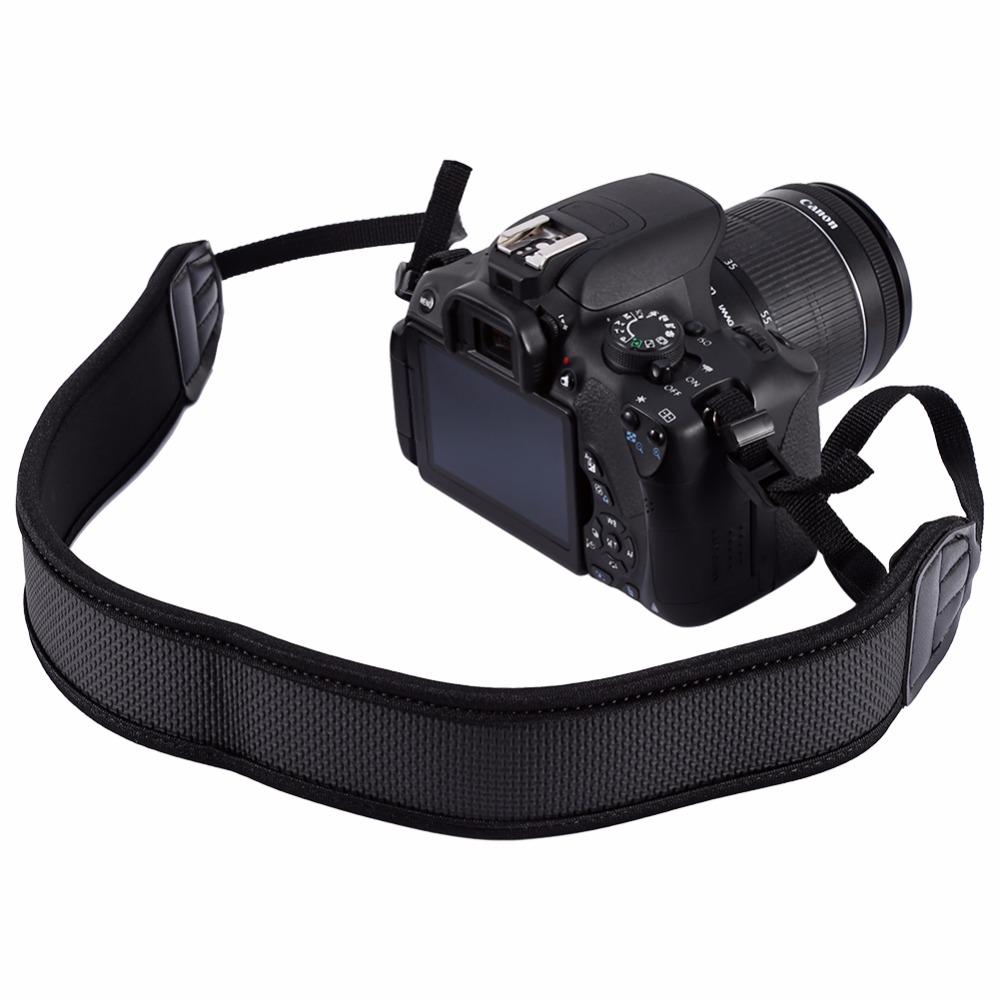
I personally use the neck strap option and it works great.
They are especially nice when hiking. You can have your camera around your neck, ready to go, but also safe at the same time.
Do yourself and your camera a favor and get a camera strap. They could possibly save you hundreds or thousands of dollars!
5. A Camera Bag/Backpack
This accessory is very crucial when you start gathering a lot of gear. There will come a time when you expand from just a camera and lens.
You will have multiple lenses, batteries, and intervalometers that will need a place to go when photographing, traveling, or hiking. This is where a camera bag or backpack comes into play.
If you are looking for a place to just store a few extra lenses, then I recommend a camera bag. They are slightly smaller than a backpack and easy to carry around.
If you are someone who is looking to hike a lot and explore the outdoors, then I definitely recommend getting a camera backpack. You can arrange the compartments in any manner you want and even attach a tripod to the outside of it.

Two camera backpacks in the snow.
This is by far the best option when lugging around a lot of gear and is especially good for travel.
6. Micro Fiber Cloths/Camera Cleaning Kits
Micro Fiber Cloths can save you when you are out in the field.
If you come across a waterfall or are photographing the splashing waves at a beach, chances are water is going to spray onto your lens.
We all know that water spots on images are very unflattering and makes the images unusable.
To fix this, carry around a microfiber cloth. These are great because they can remove any water or dirt spots from your lens and are very easy to carry around.
They are also a much better option compared to a shirt or a rag.
Any of my glasses wearers will agree. A microfiber cloth is always a better choice!
You could also partake in getting a cleaning kit for your camera/lens. Some items in these kits include lens solutions, air blasters, and brushes.

Standard items for your camera that come in a cleaning kit.
So there you have it! 6 of the best camera accessories to buy.
All of these accessories are made to help you create and capture stunning images, so use them to their fullest potential and have fun!


